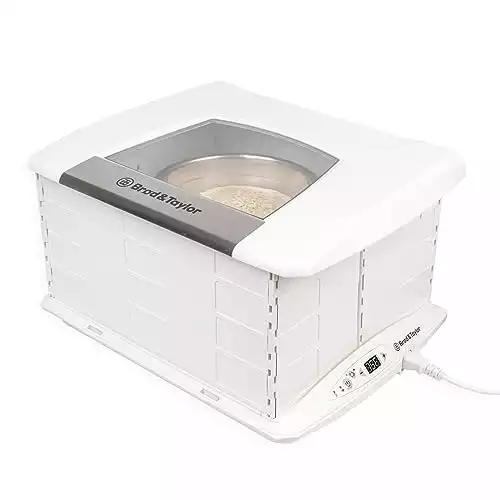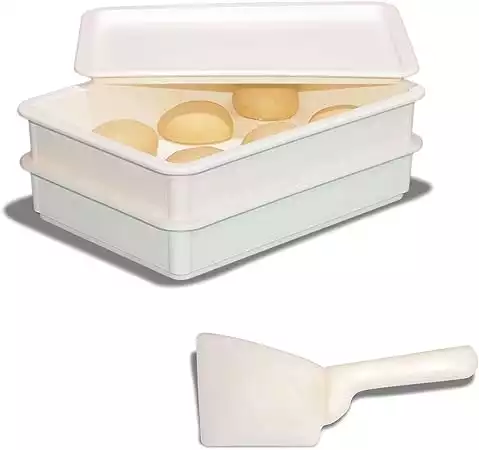Here’s What You Will Find:
Search Common Pizza Problems
Discover the Probable Causes
Find the Possible Solutions
Welcome to our pizza troubleshooting section!
Yes, we all have been there. Something goes wrong, and you don’t know what caused the problem or how to fix it.
Don’t be discouraged if you have experienced any of the pizza problems below; we now tell you the probable causes of your result and what you can do to fix it and prevent it from happening again.

If you experience any problems that we do not address here, don’t hesitate to contact us and let us know so we can help you and others who might experience the same pizza problem.
Pizza Dough Troubleshooting
Pizza Problem
My pizza dough is shrinking
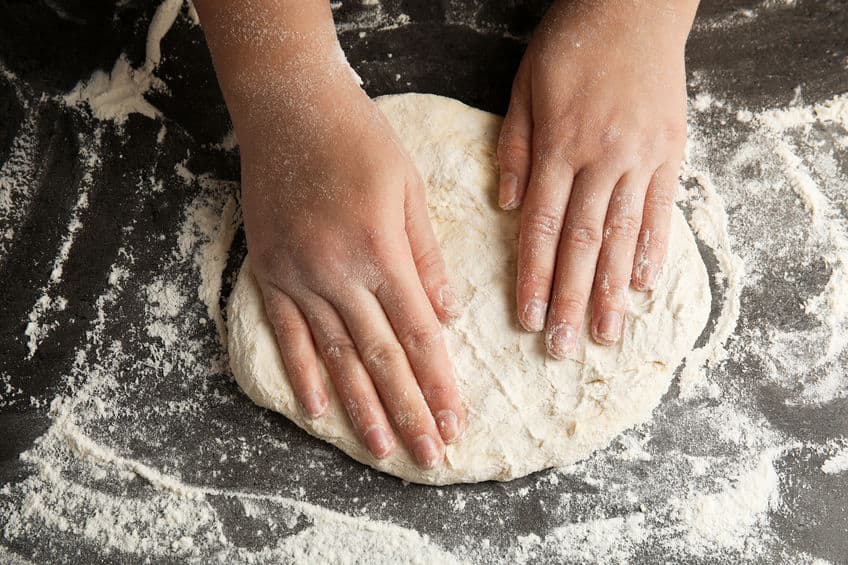
Possible Solution
Here’s what you need to do:
- Let it rest for 10 minutes.
Pizza Problem
My pizza dough is ripping

Probable Cause
Your pizza problem may be caused by:
- Gluten is not developed
- You are using the wrong flour
Possible Solution
Here’s what you need to do:
- Use a High Protein Flour
- Knead your dough properly
- Knead your dough evenly
- Let your dough rest for 10 min.
Pizza Problem
Soggy Pizza

Probable Cause
Your pizza problem may be caused by:
- Too much moisture
- Too much sauce
- Too much cheese
Possible Solution
Here’s what you need to do:
- Set it in the oven for an additional 2 minutes.
Pizza Problem
My pizza dough is too sticky
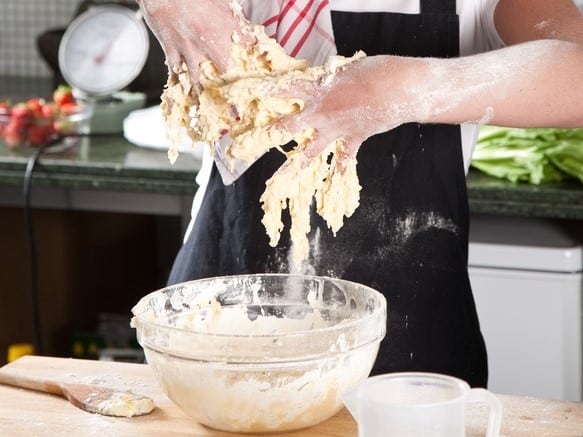
Possible Solution
Here’s what you need to do:
- Add a tablespoon of flour.
- Knead it for 5 minutes.
Pizza Problem
Over-proofed pizza dough
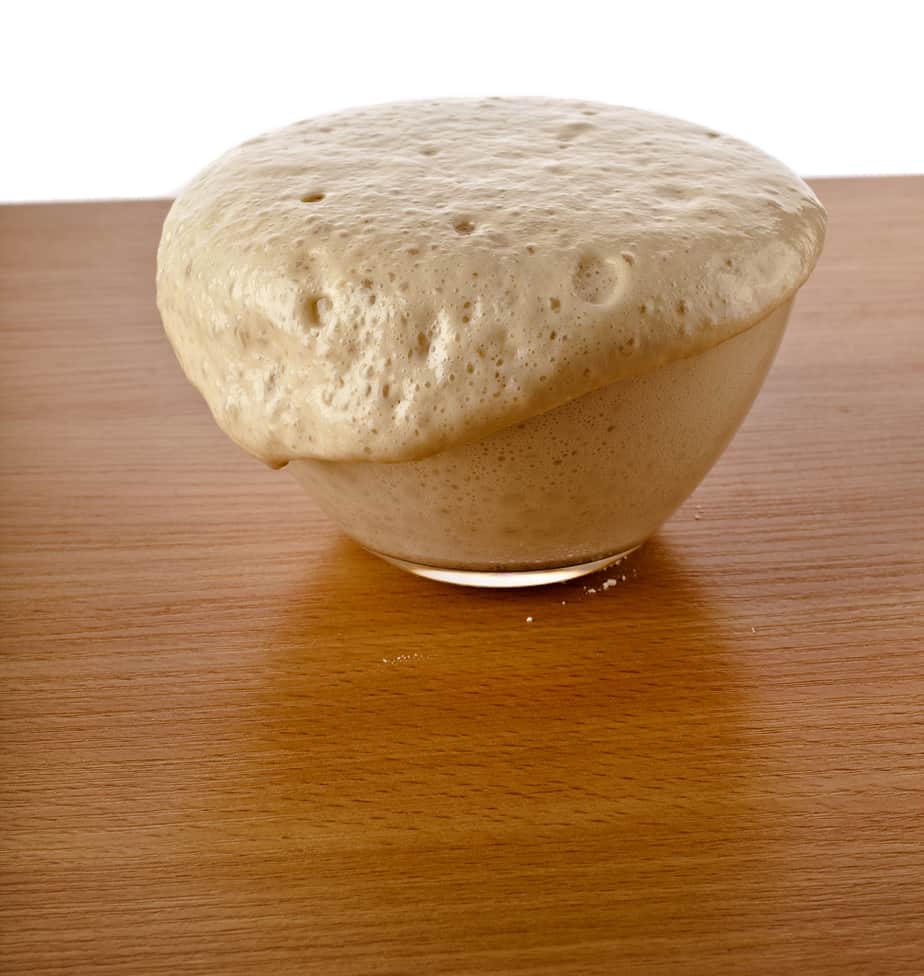
Probable Cause
Your pizza problem may be caused by:
- Too much yeast
- Too much fermenting time
- Hot fermenting temperature
Possible Solution
Here’s what you need to do:
- Yeast should be less than 5% of the flour
- Set a timer.
- Proofing time should be 1 to 1 1/2 hrs. The best proofing temperature is 80 F.
Pizza Problem
My pizza is raw

Probable Cause
Your pizza problem may be caused by:
- Not enough time in the oven.
- The crust is too thick
Possible Solution
Here’s what you need to do:
- Set the pizza in the oven for another 3 minutes.
Pizza Problem
My pizza is sticking to the peel
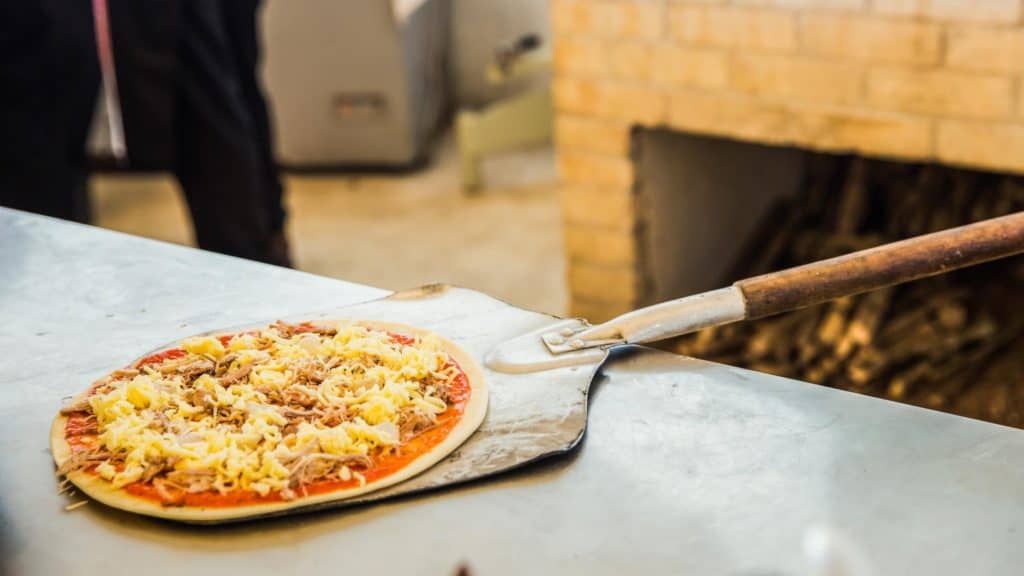
Probable Cause
Your pizza problem may be caused by:
- Not enough flour on the working surface, peel, or stone.
Possible Solution
Here’s what you need to do:
- Add flour to the working surface.
- Add coarse cornmeal to the pizza peel.
- Add flour or cornmeal to the pizza stone.
Pizza Problem
My pizza is not rising
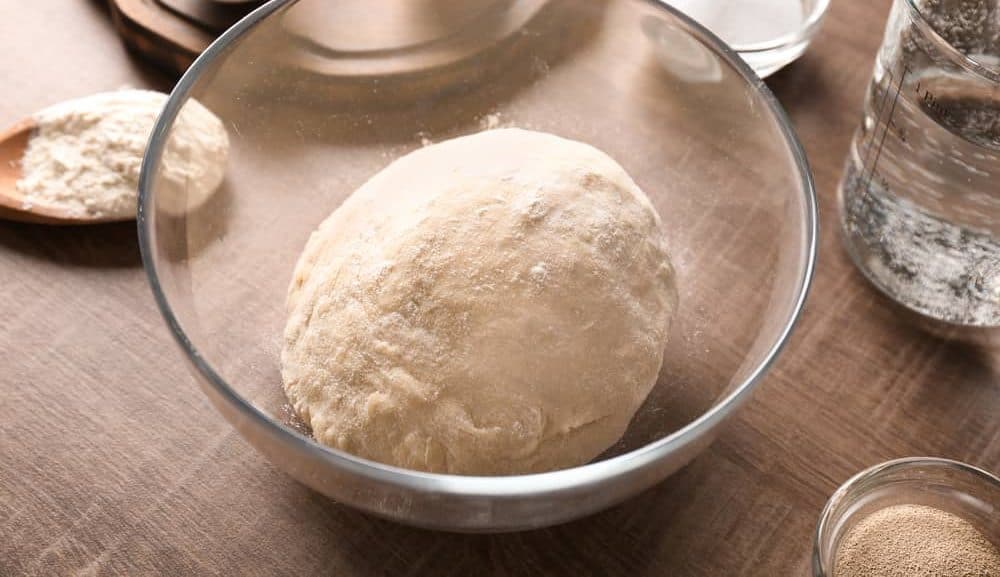
Probable Cause
Your pizza problem may be caused by:
- Yeast could be dead.
- Not enough rising time
- The temperature is too cold
Possible Solution
Here’s what you need to do:
- Let it rest for another 30 minutes; the yeast is dead if it doesn’t rise.
- Start a new batch with fresh yeast.
- Set the dough to rest at 80F
What are the Most Common Pizza Problems?
As you can see, most pizza problems are caused by poor fermentation or inadequate hydration. Fermentation plays a significant role in the pizza-making process, particularly gluten development.
Water is also the second most crucial factor to consider. Once you learn to control these variants, you will be a PRO in no time.
Here are some resources on pizza fermentation.
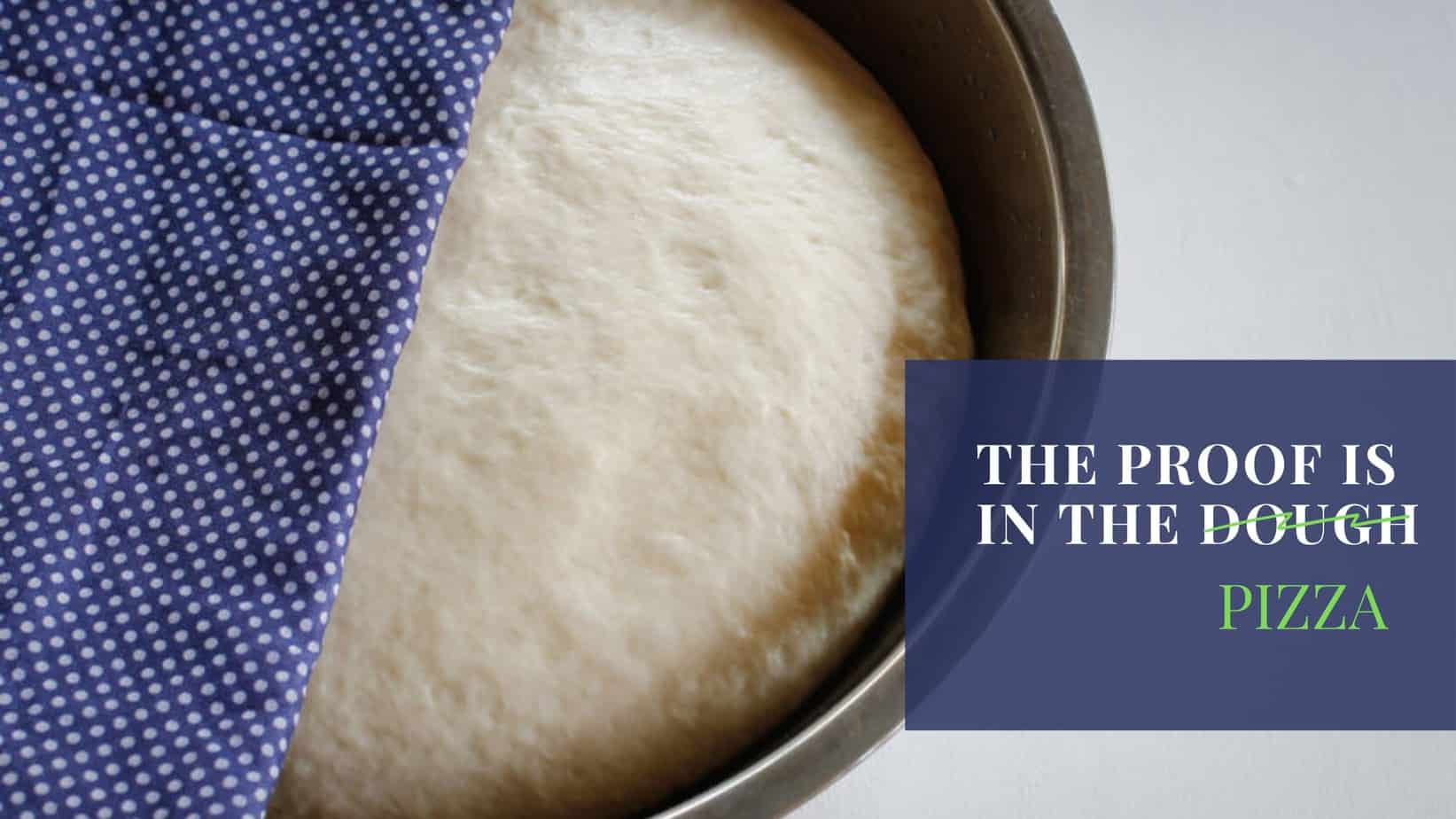
Pizza Dough Fermentation: Unlocking the Secret to the Perfect Crust
the PROs
Learn the correct process of pizza dough fermentation and why this is so important in the pizza-making process.
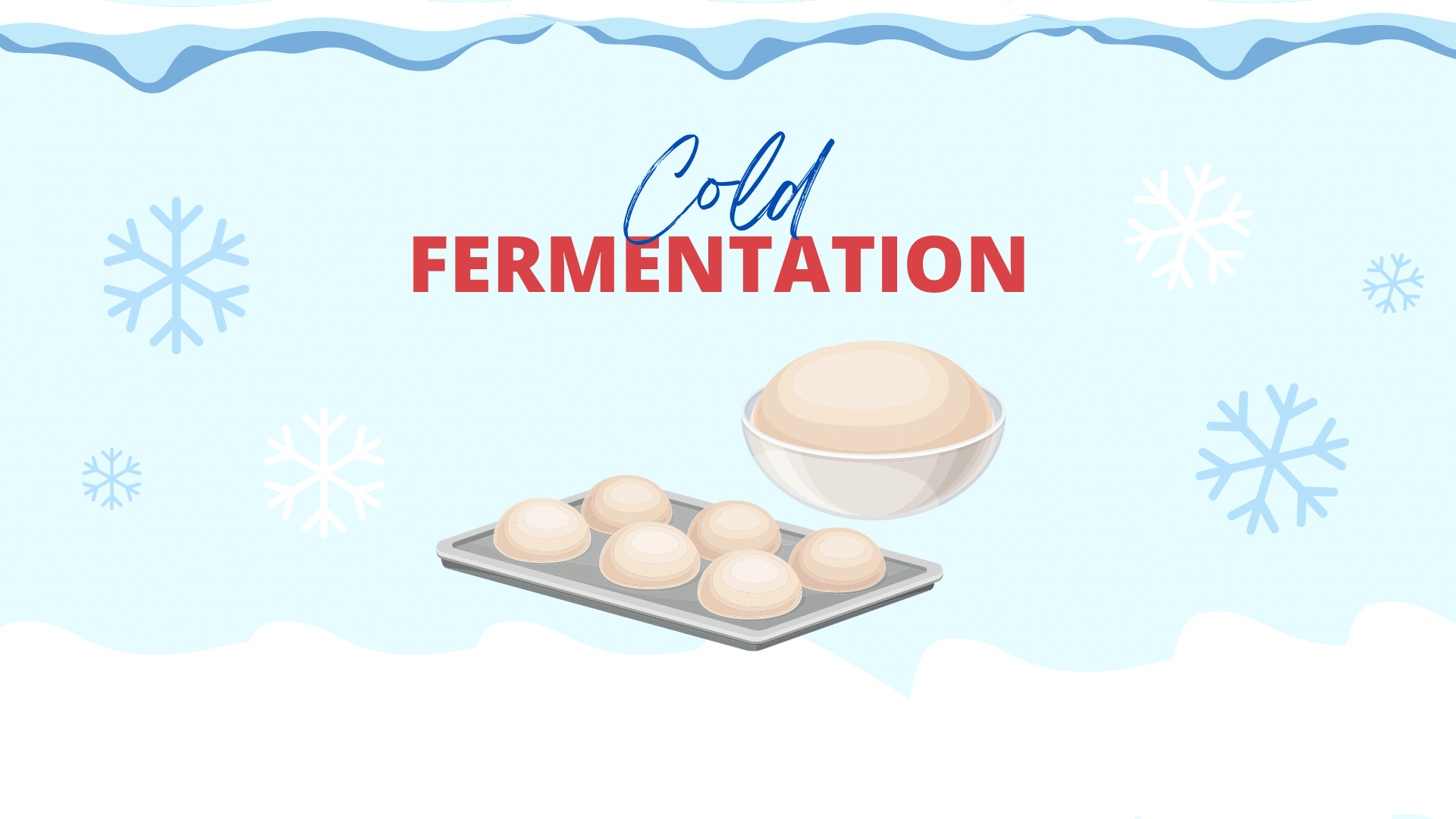
Cold Fermentation: Unlocking the Magic of Slow-Risen Pizza Dough
the PROs
As an ardent pizza lover knows, the journey to creating the perfect pie is a lot more complex than merely …

Poke Test Demystified: Master the Technique for Perfect Pizza Every Time
the PROs
Are you tired of ending up with a pizza crust that’s either too thick or still raw in some parts, …
Here’s is What the PROs at Homemade Pizza Pro Use and Recommend for Pizza Dough Fermentation
Enjoy accurate temperature control and consistent humidity. The Brod & Taylor Folding Dough Proofer creates an environment of consistent low-temperature warmth that is vital for many kitchen processes.
Ideal for pizza dough and yeast bread. Whether you’re a novice bread maker or an experienced enthusiast, this is the tool that helps ensure a flavorful, open-textured bread that is ready when you want it to be.
The DoughMate Artisan Dough Tray Kit is a professional-quality tool that revolutionizes handling and storing dough. This kit includes two dough trays, each capable of holding five to six dough balls for 14-16" thin-crust pizzas.
The trays are durable and have a lid for easy and hygienic storage. The included DoughMate Putty Scraper-style dough cutter/scraper allows for precise portioning and shaping of your dough. Whether you're a seasoned pizzaiolo or a home baker, the DoughMate Artisan Dough Tray Kit is an essential companion that ensures your dough is always ready to deliver perfect pizzas.
Here are some resources on pizza dough hydration

Best Water for Pizza Dough: Temperature, Quality, and Hydration
the PROs
In this article, we are going to dive deep into the mysterious ways of water. In conjunction with flour, yeast, and salt, it can make the most spectacular pizza dough.

High Hydration Pizza Dough – Secret Ingredient to Perfectly Crispy Pizza
the PROs
Are you looking for a delicious, crunchy high hydration pizza dough recipe? This type of dough is very popular among …

Low Hydration Pizza Dough: No More Soggy Pizza!
the PROs
Are you wondering what low-hydration pizza dough is? A pizza dough’s hydration is one of the most important factors when …
Pizza Dough Troubleshooting Additional Resources

Is Your Pizza Dough Not Smooth? Here’s What You Need to Do
the PROs
Are your pizza dough balls not smooth? If you’ve ever found yourself kneading away at your pizza dough, only to …
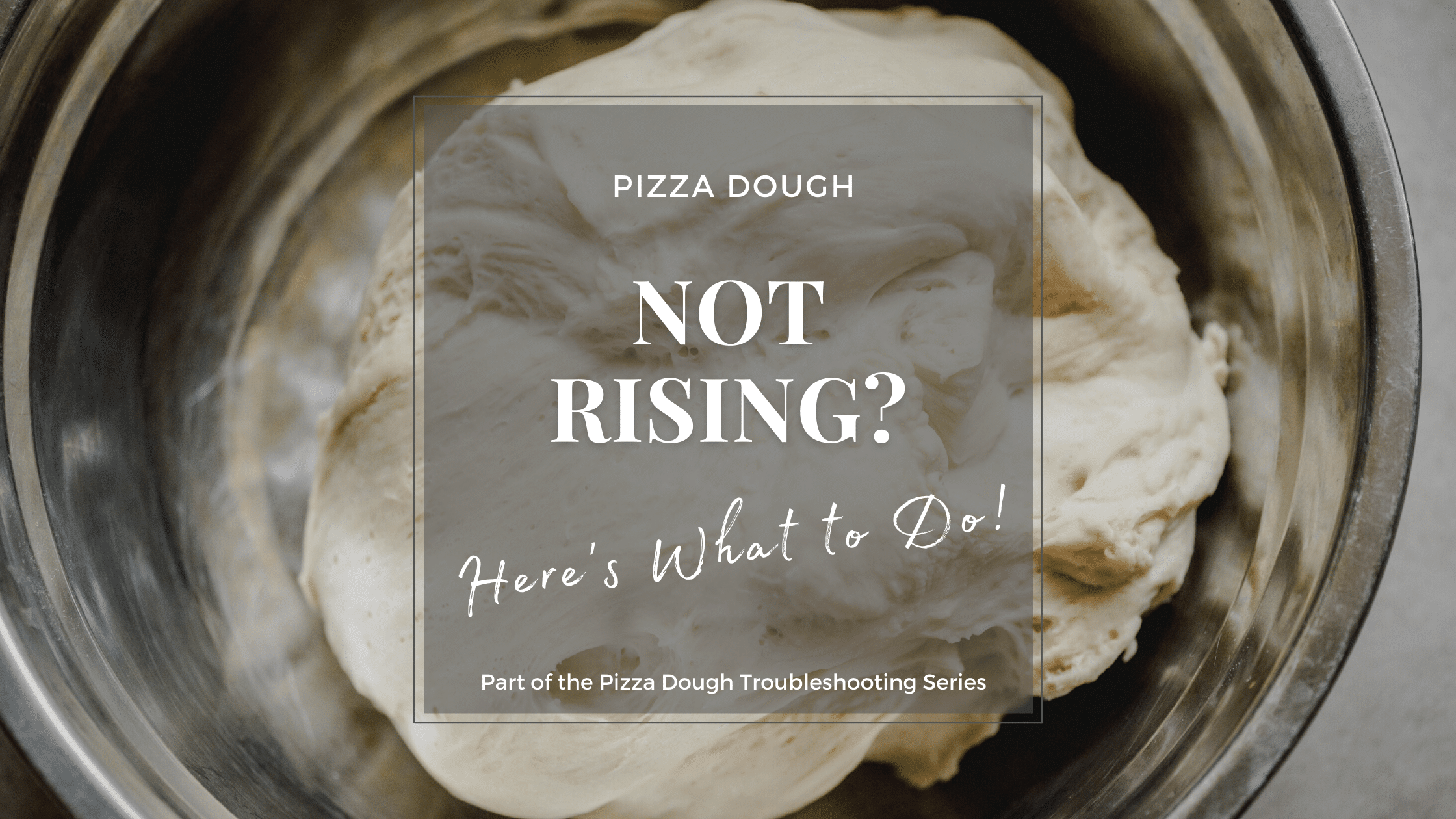
Pizza Dough Not Rising: Here’s What You Need to Do
the PROs
Having your homemade pizza dough not rising can be a crushing feeling, but it’s not the end of the world. If you have had similar proofing problems, you can learn to avoid future proofing problems that may come up. So. let’s find out what you need to do!

Here’s the Secret to Making the Perfect Crispy Pizza Crust
the PROs
Are you tired of making homemade pizza that has a crust that never seems to get crispy enough? We’ve got the answer to this problem! Our assortment of tips and methods will solve your problem once and for all. You’ll get better results in how to make a pizza crust crispy and crunchier than ever! So, let’s find out!
Homemade Pizza FAQs
How to Start Making Pizza?
Making pizza at home is actually very simple, and anyone can do it. If you don’t have a mixer, you can still make the dough by hand.
Check our guide on How to Get Started to begin your pizza-making journey.
Do I need a pizza oven to make pizza at home?
No, you can make pizza in a regular kitchen oven, and these days you can even make pizza on your stove or your grill.
Check our Recommended Oven Section for the oven that best suits your needs.
What is the best flour for pizza?
The best flour for pizza is flour which contains a high-protein content. Of course, it will depend on the kind of oven you have.
Regarding the brand, we’ve found that Caputo Chef’s Flour works best for home ovens, while Caputo Pizzeria works best for high-temperature ovens.
Check the Best Flour for Pizza article to learn more about flour and why we think Caputo is best.
How long should I bake pizza?
The time to cook your pizza will depend on the kind of pizza you are making and the kind of oven you have.
The lower the temperature, the longer will take to cook your pizza. On average, it will take 12 to 15 min to cook pizza in a 500F oven.
For details on specific cooking times and temperatures, check the Guide to Oven Temperature and Cooking Time article.
What kind of yeast should I use for pizza?
To make pizza dough, you can use any yeast you have available. You can use fresh, instant, or active dry yeast.
The amount of yeast to use will vary depending on which one you use.
We found that active dry yeast gives the best results. To find out why we think is best to check Yeast: Here is What You Need to Know article.
What is the best hydration percentage?
On average, water should be 65% of the total weight of flour. For example, if your recipe calls for 500g of flour, you should add 325g of water (500 x .65 = 325).
Of course, the temperature of the oven will also have an impact on your final result.
Check our guidelines and our Baker’s Percentage Charts for the best results.
For more pizza questions, check our Pizza FAQs Page or Contact Us.
Enjoy!
Not a PRO? Not a Problem!
Take a pizza class to bring your pizza skills to the next level,
so you can be a PRO!
Related Posts

Costco Pizza Delivery: Find How You Can Get It Now!
the PROs
People go to Costco’s food court for many different reasons, but the cheesy slice of pizza they serve is among …

Pizza for Beginners: Don’t Buy Pizza, Make It! Here’s How to Get Started!
the PROs
You have this idea that you want to make pizza at home as opposed to ordering it, but where do you start? Don’t worry! Here you will find answers and directions to all your questions.

Pizza Toppings Under Cheese or Over Cheese? [Why the Order Matters]
the PROs
Is Pizza Cheese on Top or Bottom? Hey pizza lovers, are you wondering if you should layer pizza toppings under …
Newsletter
Subscribe to our Recipe of the Week newsletter and receive our partners’ latest recipes, tips, and discount offers.
Keep in Touch!

